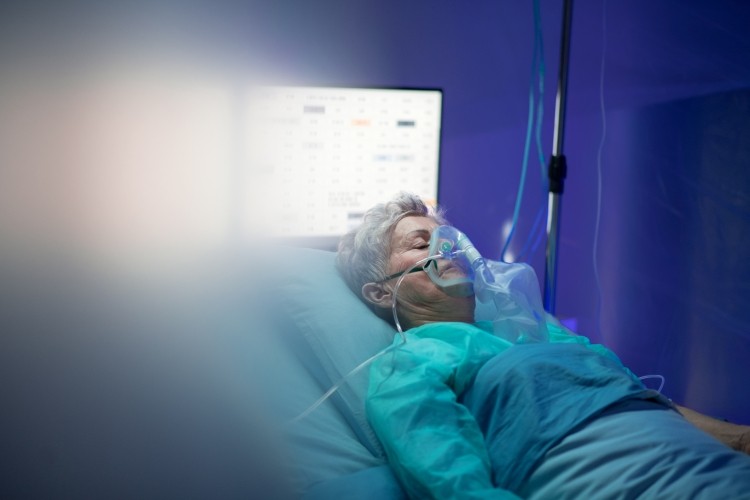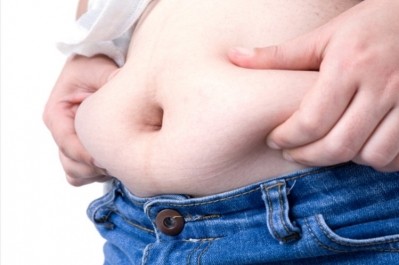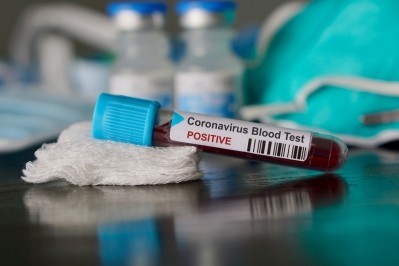Vitamin D 'necessary' for COVID-19 treatment, says Spanish society

The statement, published in Spanish Journal of Geriatrics and Gerontology, says there may not be much evidence on specific dose requirements but the link between vitamin D levels and virus severity are clear and the global crisis requires fast action.
It states: "We know that in an ideal world, health decisions must be made based on overwhelming evidence, but a time of crisis such as the current one may require a slightly different set of rules...
"Despite the lack of evidence on specific doses of vitamin D to treat COVID-19 in older adults, we consider it is necessary to standardize the use in clinical practice...Given the dynamics of the COVID-19 pandemic, the benefit–risk ratio of such supplementation calls for immediate action even before results of ongoing large-scale randomized trials become available."
The authors provide a table of doses and durations that they suggest should be administered for patients depending on their calcidiol serum level, based on the findings of previous studies.
The paper states: "Vitamin D should be administered daily until adequate levels are achieved as it is a steroid hormone, for that reason we have focused on guidelines that allow better conciliation with daily hospital activity. In this same context of SARS-CoV-2 infection, vitamin D behaves as a negative acute phase reactant (APR), therefore a progressive decrease can be generated due to human consumption during the course ofthe infection.
"Firstly, calcifediol(vitamin D2) is 3–6 times more powerful than cholecalciferol (vitamin D3) although its half-life is shorter; secondly,the objective oftreatment should be to achieve quickly the adequate levels and maintain it for a minimum of 3 months; and finally, in case of obesity or malabsorption, the use of higher doses than those suggested in these recommendations should be considered."
They do note that supplementation with high doses of vitamin D can cause toxicity, especially hypercalcemia, which can manifest as irreversible cardiovascular and renal damage such as kidney stones and the calcification of soft tissues and vascular territories. They also point out that patients may experience side effects such as nausea and vomiting, increased thirst and depression.
"However, the therapeutic window of vitamin D is wide and the toxicity associated with its supplementation is rare, with less than 0.1% of hypercalcemia associated with hypervitaminosis D. For this reason, we consider it is convenient to measure calcium levels on a regular basis or when toxicity is suspected due to vitamin D supplementation."
Evidence
The paper notes that over the last few months, studies have hypothesised the possible beneficial effect of vitamin D supplementation in patients with COVID-19 stems from restoration of immune balance which then prevents the hyperinflammatory cytokine storm since immune dysregulation is a key feature of severe COVID-19.
"There are two findings that validate this important non-classical action of vitamin D. First, the vitamin D receptor (VDR) is expressed by most immune cells, including B and T lymphocytes, monocytes, macrophages, and dendritic cells.
"Second, the signaling of vitamin D and VDR together has an antiinflammatory effect,promoting thedifferentiationofdendritic cells and regulatory T cells, reducing the response of T cells and the secretion of inflammatory cytokines. The main cause leading to the increase in mortality rate in people with COVID-19 could be due to acute respiratory distress syndrome (ARDS) by non-antagonized overproduction of pro-inflammatory cytokines."
The paper notes a meta-analysis which described a lower mortality rate in patients in whom vitamin D was administered (10.6%) compared to controls (23.9%). The vitamin doses administered were heterogeneous across studies ranging from a single dose of 400,000 IU of cholecalciferol the day of hospital admission, to 50,000 IU in patients who did not receive more than 800 IU per day during the month prior to the hospital admission.
Source: Spanish Journal of Geriatrics and Gerontology
Formiga. F., et al
"VitaminD supplementation for the prevention and treatment of COVID-19: a position statement from the Spanish Society of Geriatrics and Gerontology"








